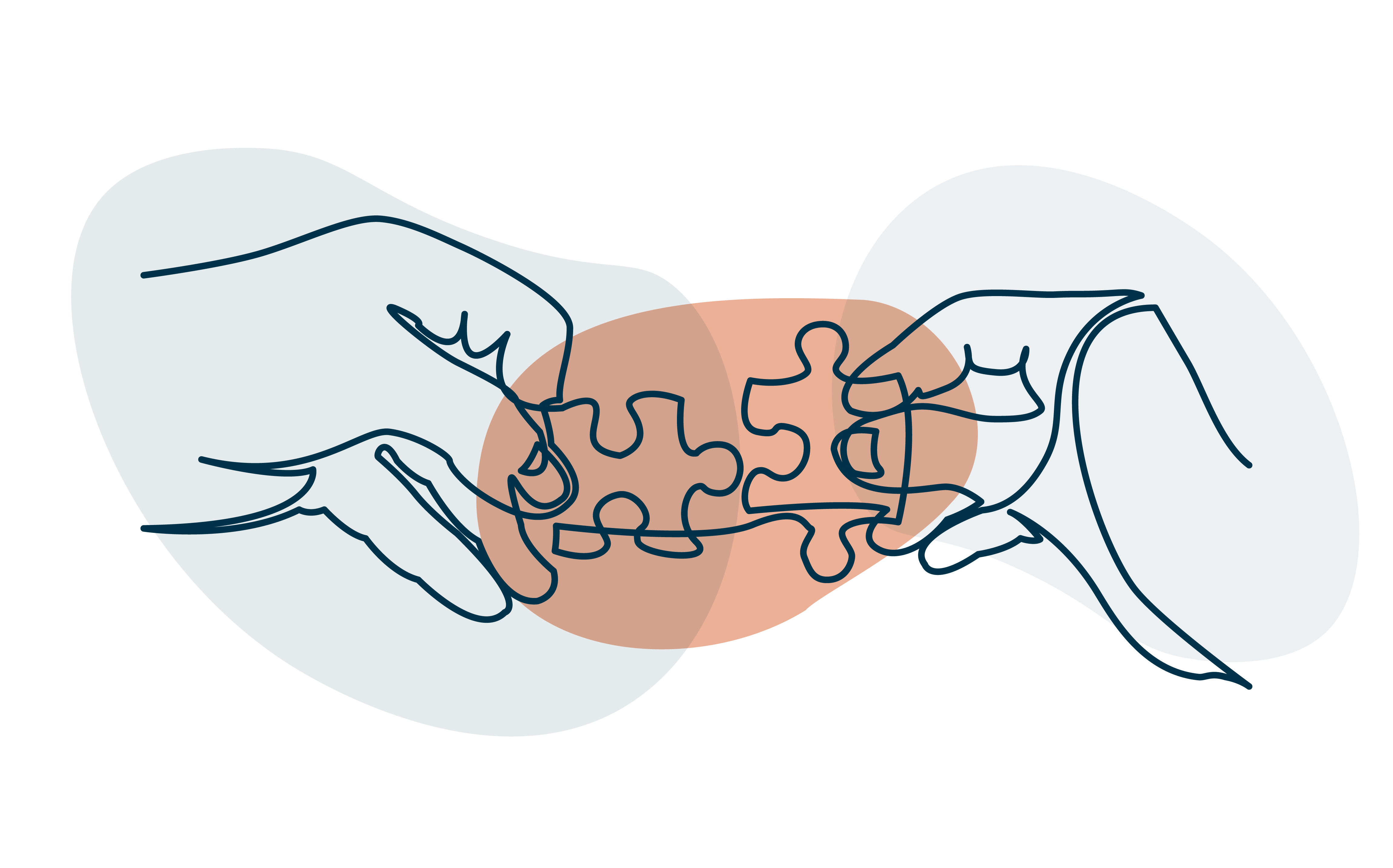
Types of eating disorder

Caraline provides support to those living with Anorexia Nervosa (AN), Bulimia Nervosa (BN), Binge Eating Disorders (BED), Other Specified Feeding and Eating Disorders (OSFED), and Avoidant Restrictive Food Intake Disorder (ARFID)

Anorexia
Anorexia (or anorexia nervosa) is where an individual restricts their nutritional intake to control their weight and compensate using other forms. This behaviour creates complex psychological difficulties and physical health implication.
Bulimia
Bulimia (or bulimia nervosa) is where an individual is trapped in a cycle of eating large volumes of food (bingeing), leading to them feeling guilty and then compensating through purging.
Binge Eating Disorder
Binge Eating Disorder is where an individual will eat large volumes of food uncontrollably. Unlike those living with Bulimia, those living with Binge Eating Disorder will not purge.
Binge Eating Disorder is extremely debilitating for the individual and feelings of shame, disgust and embarrassment can cause them to hide their eating disorder from those around them.
OSFED
OSFED - other specified feeding or eating disorder
Anorexia, bulimia, and binge eating disorder are diagnosed by a healthcare professional however, there can be overlap of symptoms. When an individual presents with an overlap of symptoms they are treated as OSFED (other specified feeding or eating disorder).
This is the MOST common presentation, it carries all the health risks of the other presentations and is very much as serious as the other presentations.
ARFID
ARFID refers to ‘Avoidant Restrictive Food Intake Disorder’. It is an eating or feeding disturbance that includes but is not limited to: the apparent lack of interest in eating, food avoidance based on the sensory characteristics of food, or concern about aversive consequences of eating (for example, choking).

